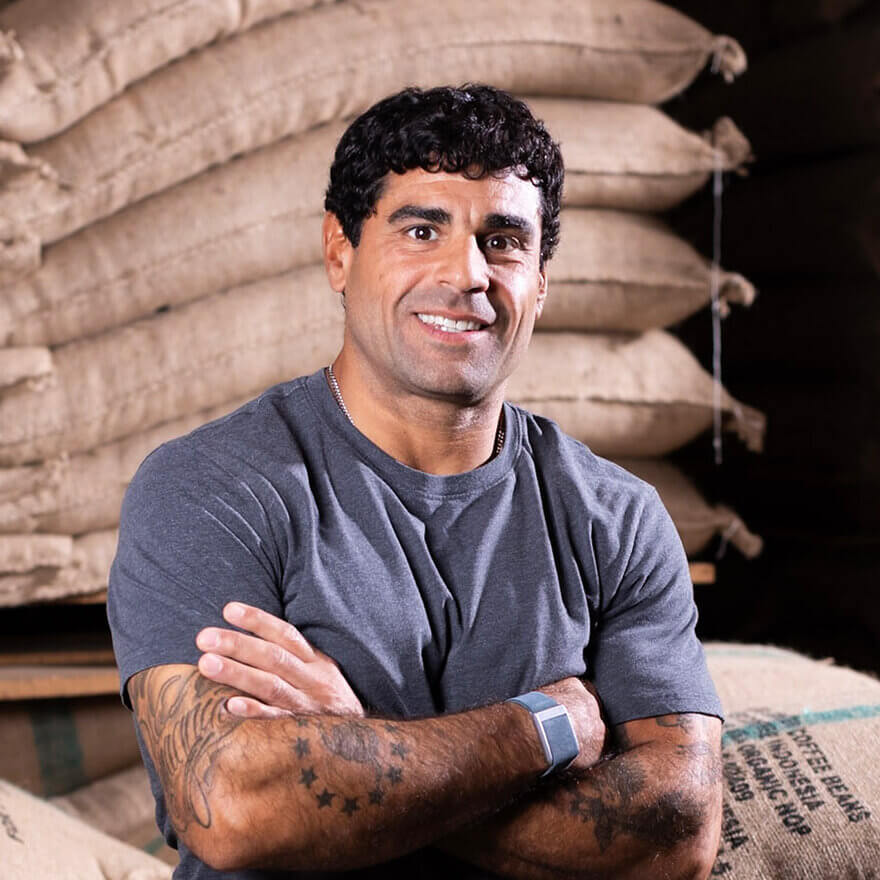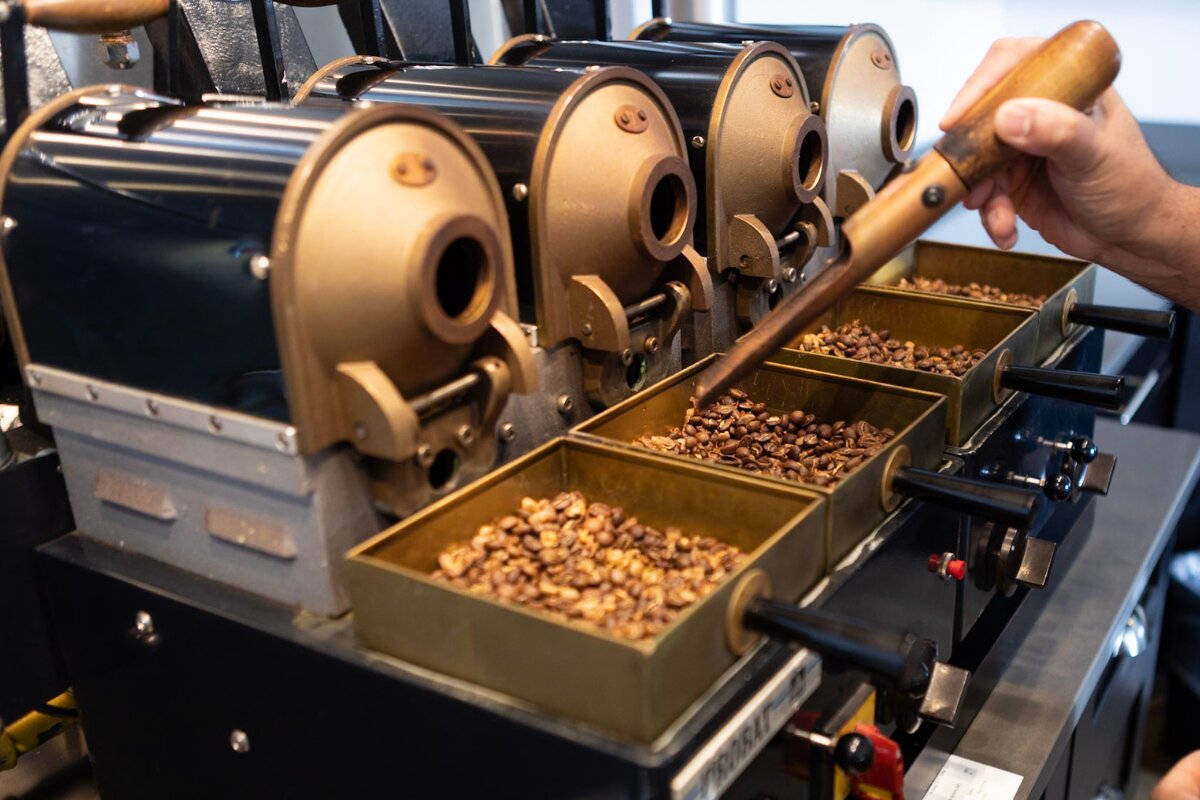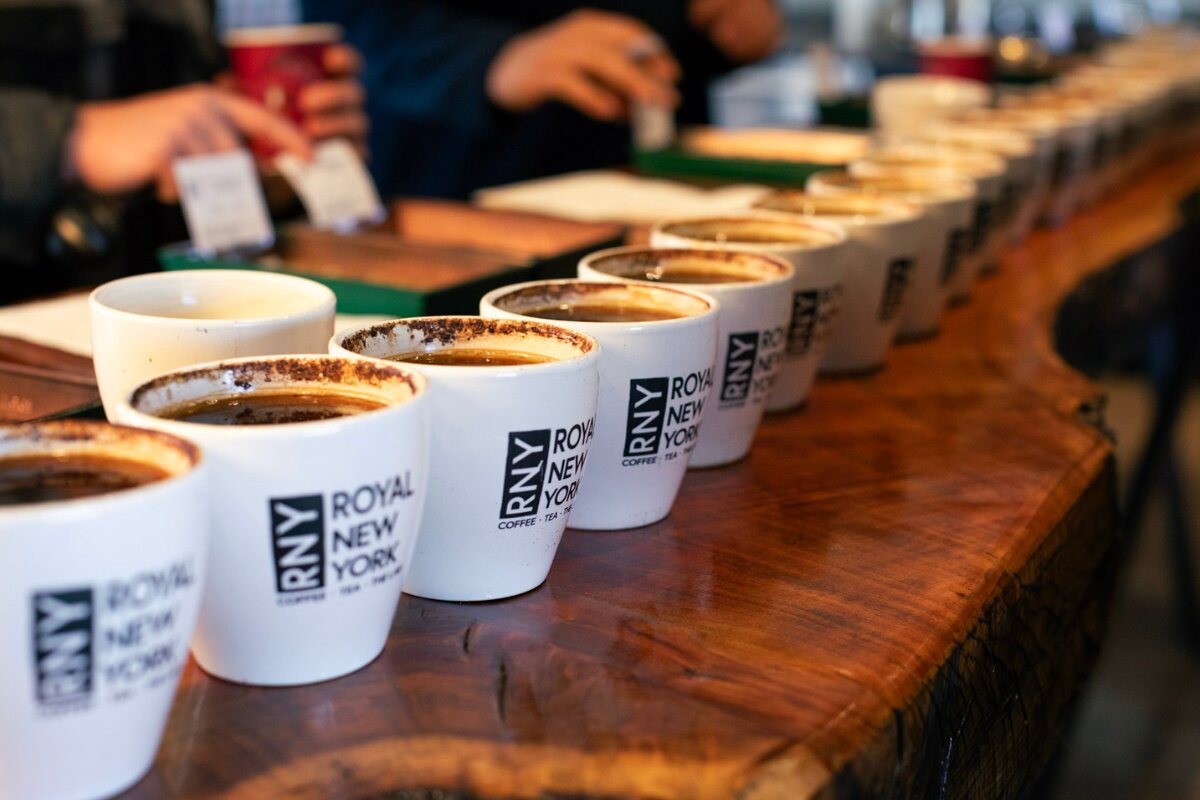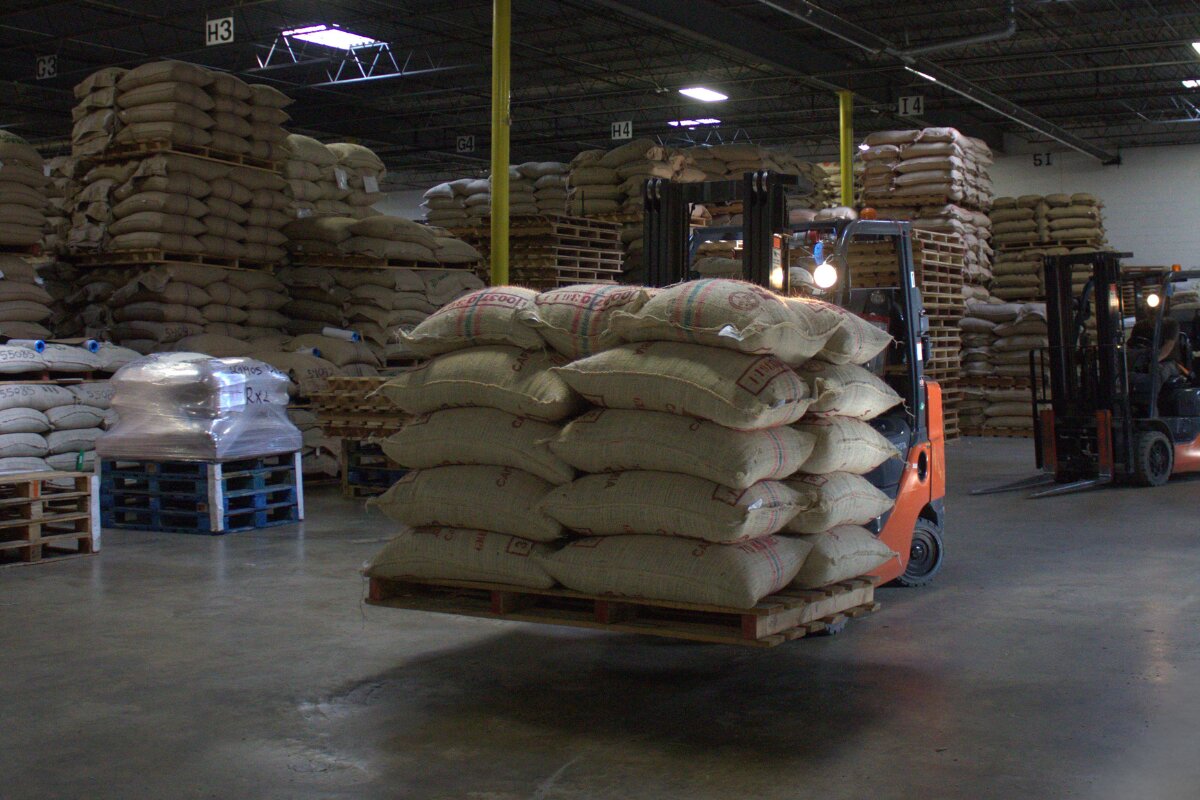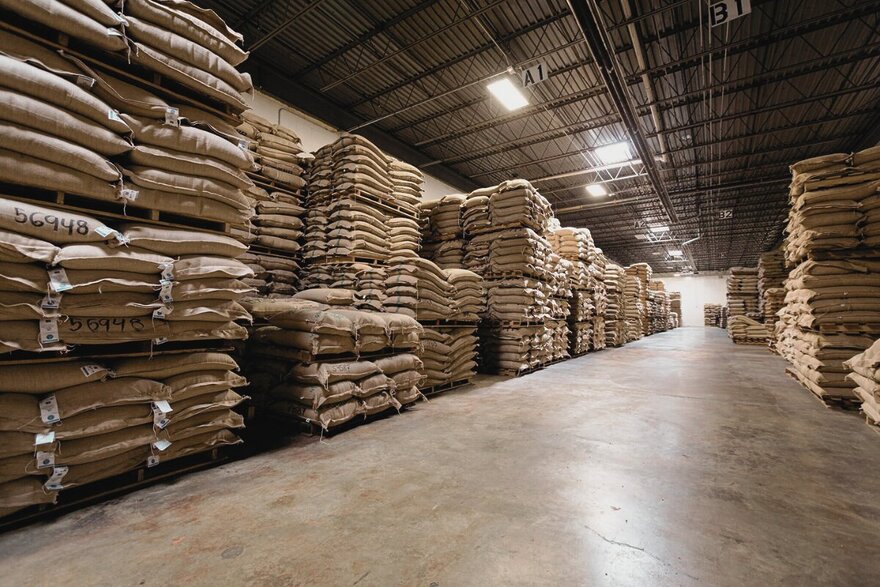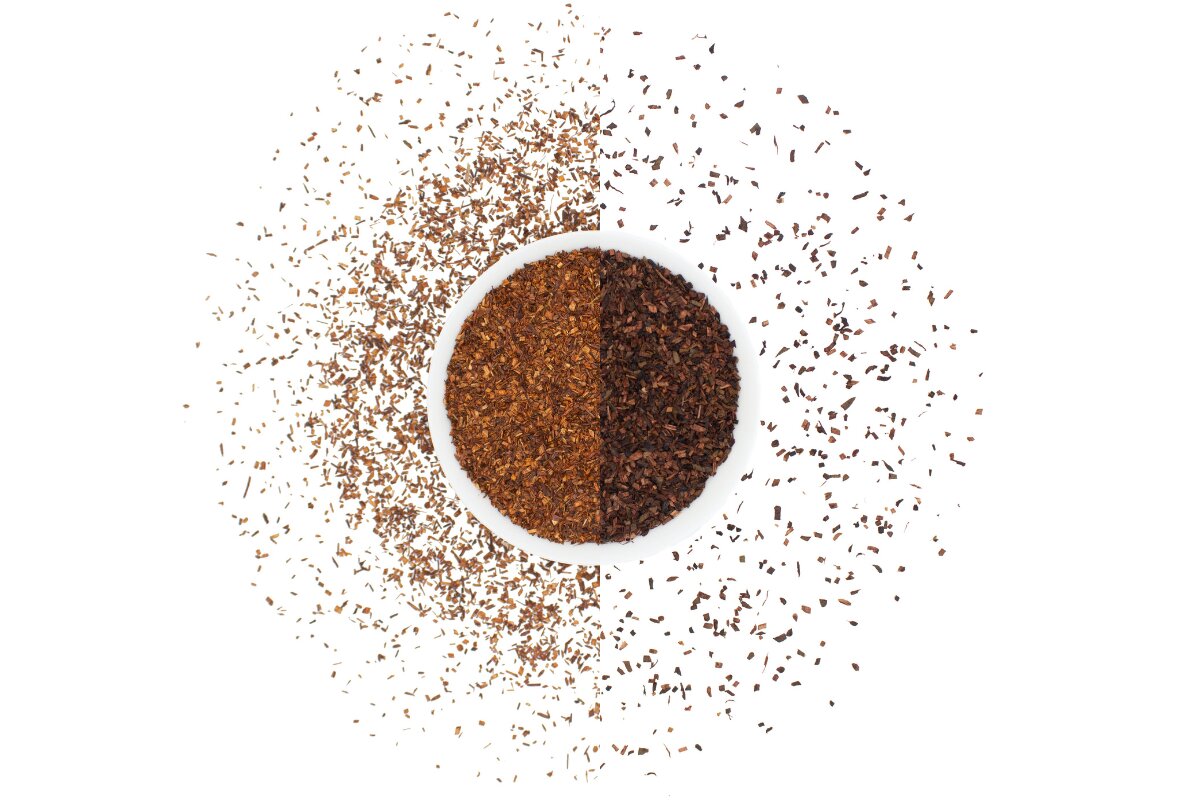Moving from a sample roast to a production roast is an important step in shaping your coffee roasting profile. Doing multiple sample roasts at different roast levels allows you to see what a coffee has to offer. You can discover what flavors can be brought out, as well as how the coffee reacts while being roasted. Understanding how workable a coffee is will help guide the transition from a sample roast to a production roast.
Sample Roasting: Evaluating the Coffee
Each sample roast should be cupped and evaluated side by side. Take note of what you did/didn’t like and why. It’s also better to cup and taste with multiple people to get their feedback as well.
Once you have finished tasting and discussing the sample roasts, you can start planning trial production roasts. It’s always helpful to set goals and parameters to guide how you approach your production roast. If you found certain flavors or pleasant acidity in the sample roasts, then you may want to highlight these in your production roasts.
Trial Production Roasts
You should do at least two trial production roasts at different roast levels to provide a point of comparison on the cupping table. To effectively vary your batches, try roasting the coffee with different development times, end temperatures, and durations. By changing these metrics, you now have distinct elements and flavors to taste through, evaluate, and discuss.
Production Roasting: Evaluating the Coffee
Like with the sample roasts, you should cup and evaluate the production roasts side by side while recording your feedback and taking notes from your peers. You will likely be pleased with the outcome of your roasts, so you can set a roasting profile to be used while the coffee is on your menu.
However, there is always the possibility that you feel your trial roasts are lacking and need to be adjusted. Maybe you underdeveloped a roast and need to push it further to bring out more sweetness. Maybe you overdeveloped a roast and need to pull back for more crisp acidity up front. Whatever the case, this is your opportunity to steer the roast in the direction that works best for you and your customers.
For more guidance, here’s how to troubleshoot your roast.
Developing a Roasting Profile
After tasting your trial roasts and considering feedback, you can then make adjustments that will ultimately become your roast profile. Once the profile is set, it’s easier to keep consistency from batch to batch, especially when multiple people are roasting the same coffees.
That being said, there are times when a profile may need to be adjusted. A coffee that’s been on a menu for an extended period may start to show slight age. Maybe there’s new feedback on a roast from new cupping sessions, employees, or customers. This is no cause for frustration; it’s expected that you will need to adjust your profile at some point while it’s on your menu. It’s also helpful to tastes your roasts every week to stay on top of the flavor profile and ensure that you’re continuously producing the cup you ultimately want.
Final Thoughts
Transitioning from a sample roast to a production roast takes intention and careful evaluation. Cup each stage, gather feedback, and test different approaches to develop your ideal coffee roasting profile. By tasting regularly and adjusting when necessary, you can ensure consistency and a final cup that meets your goals.



